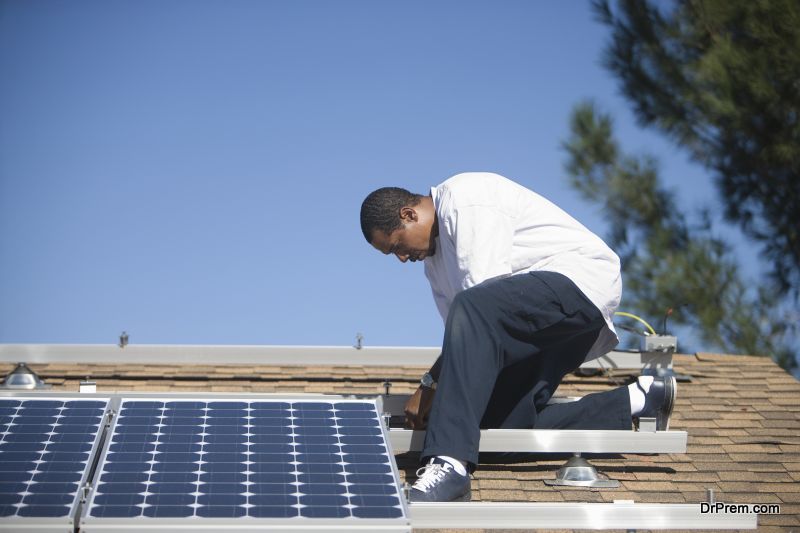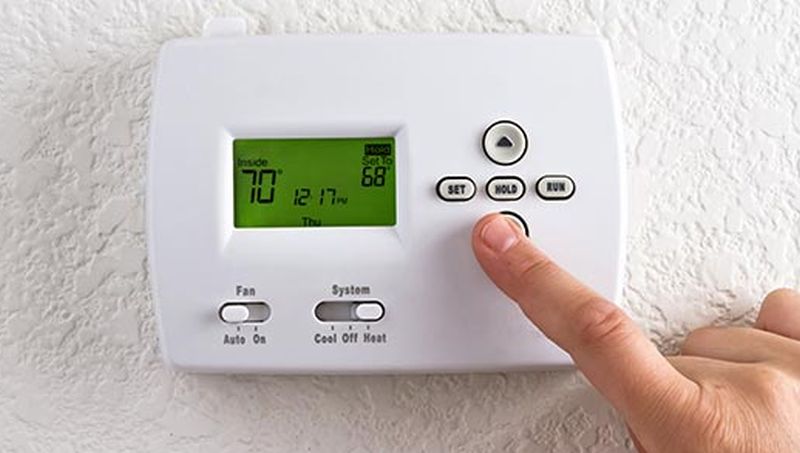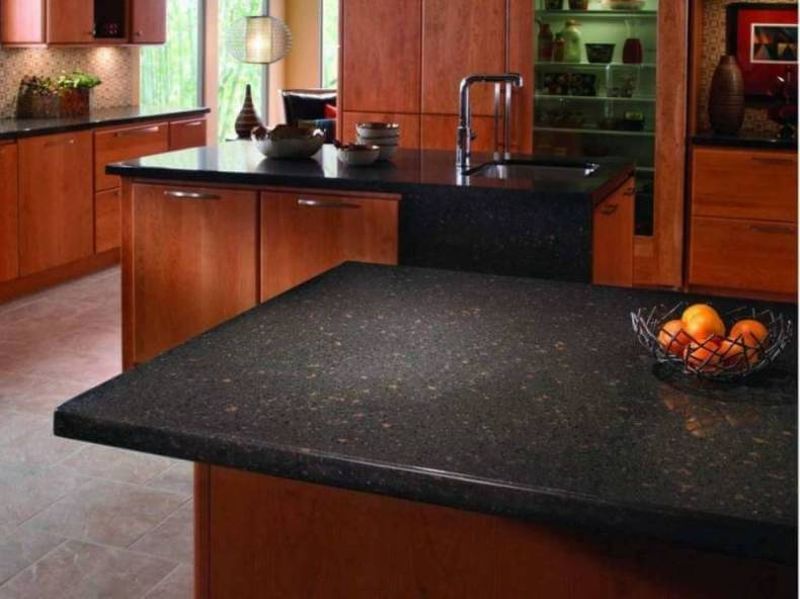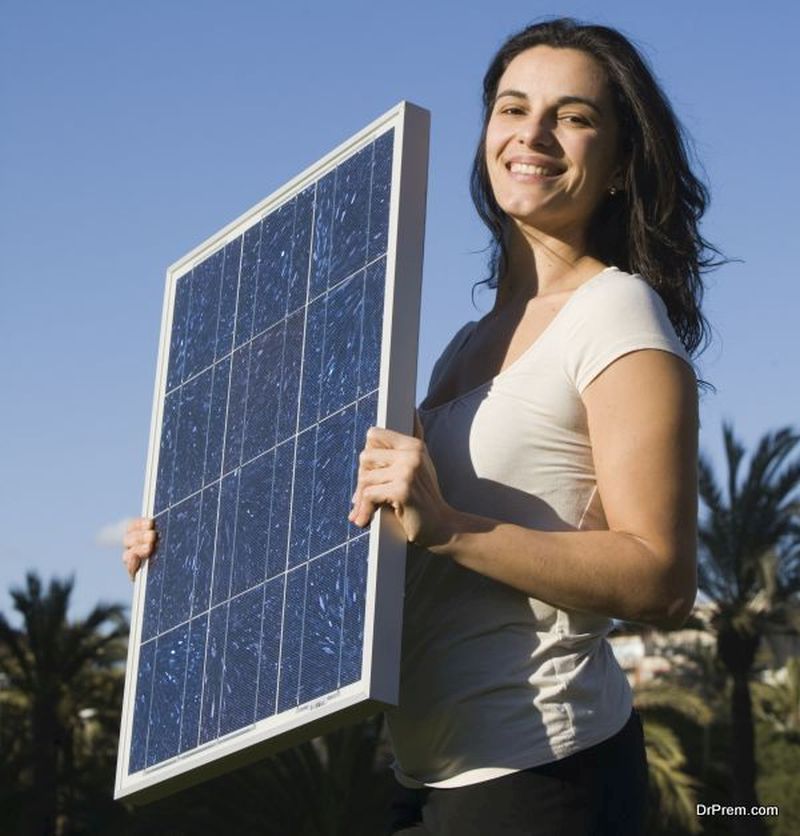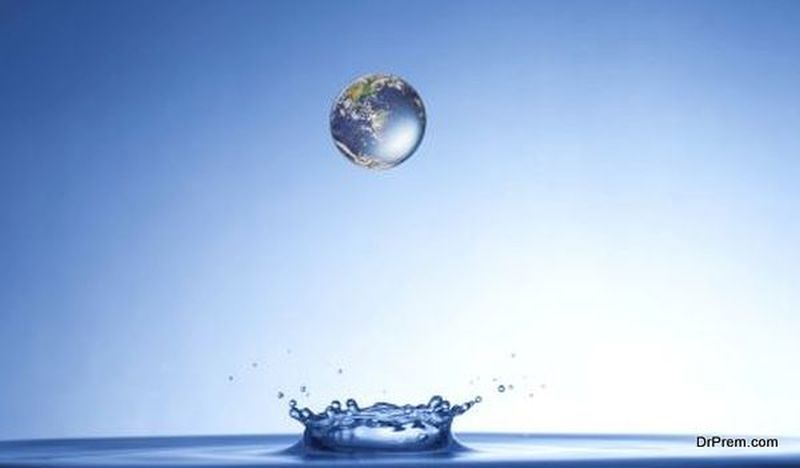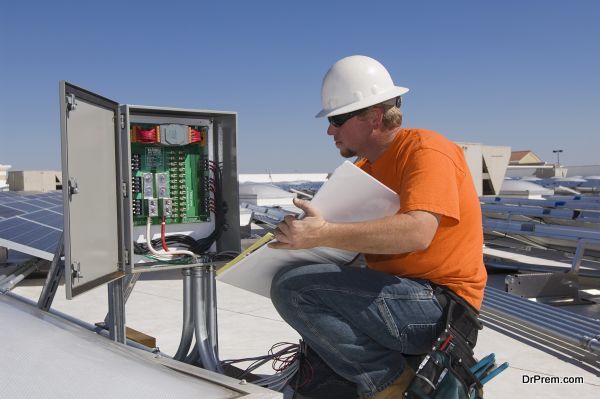Homeowners across the country have now started heeding the call for conserving resources by installing important home improvements that transform their living spaces into environmentally-conscious retreat. From boosting your own comfort to saving energy, preserving our ever important natural resources to cutting down on utility costs, home improvements are getting eco-friendly nowadays.
Programmable Thermostats
One of the easiest, most affordable changes you can make to your home is by installing a programmable thermostat. In a typical household, cooling and heating costs make up a bulk of energy expenditures; so, finding ways to minimize these costs can save you hundreds every year. A programmable thermostat helps lower and maintain your energy use; it can save up to 30 percent on energy costs, and make your home as comfortable as possible by setting the right temperature for your sleep at night, hours you may be at work, and weekend. Save yourself the trouble of forgetting to shut off your heating and cooling system, by setting your thermostat in advance. This will prevent overuse while ensuring that your family always stays comfortable.
Paper-Based Counters
Using paper as a countertop material can actually be a fantastic way to be more eco-friendly in your own home. These countertops are made with a combination of paper and non-petroleum based resins and natural pigments, which are further compressed and baked to form a slab of dense and nonporous material for kitchen counters. Environmentally friendly and easy to install, paper composite counters have become a popular item in kitchen remodels. And don’t let the idea of soggy paper stop you; the material is harder than wood, impervious to water, and resistant to stains and bacteria.
Solar Panels
Solar energy is the future and getting in on this money- and energy-saving strategy now is sure to leave you well-poised for green living. Contrary to what you may have heard, solar panels are actually more affordable than ever before. According to the SEIA, solar panel prices have dropped by a margin of 70 percent in the last decade. How much can you expect to save with solar energy? Quite a bit. First, consider the federal and state tax credits offered to homeowners who spend money for installing solar panels. You’ll also save on the amount of energy used, and your utility bills will plummet. While the actual amount saved depends on locations and tax slabs, consider this example: going solar in California could see you saving upwards of $30,000 in 20 years.
Water Conservation
Southern California homeowners deal with a slew of different energy use problems, but far and above the most concerning was the obvious lack of water. The southern part of the state struggled with the drought; however, many homeowners were able to devise unique water conservation strategies, which were actually more impactful than taking shorter showers. Many found their answer in rain water catchment systems, which are essentially barrels used to store up rainfall for reuse in garden watering. Others installed low-flow showerheads and redid their plumbing systems. There are numerous ways to conserve water, and while many of these fixes can be expensive, programs like San Diego PACE financing, found in many other California communities, are designed to help homeowners make necessary changes to their homes. These types of programs are endorsed by the government, as homeowners are encouraged to conserve water and energy while finding ways to fund projects that can improve their property value.
These improvements denote only the tip of the iceberg when it comes to the ways you can make your home eco-friendly. From countertops to rain catchment systems and everything in between, you’ll find a variety of tips and strategies you can put to use in your living space.
Article Submitted By Community Writer


